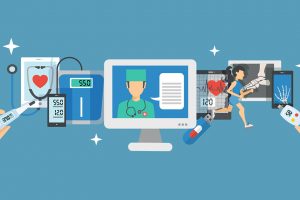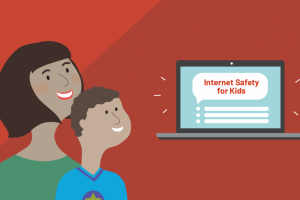As organizations adopt more advanced technologies and collaboration tools, digital literacy is becoming critical for workplace success. Employees lacking digital skills face productivity barriers and struggle to add value. Organizations are prioritizing upskilling workers of all ages and backgrounds to improve digital proficiencies essential for modern jobs. Here we explore key digital capabilities needed on the job and how organizations can cultivate digital dexterity across their workforces.
Communication and Collaboration Tools
Most team interactions now occur digitally through workplace platforms like email, instant messaging, video conferencing, document sharing, and project management systems. Fluency with these tools for clear communication, collaboration, and relationship building is a workplace must-have. Important skills include:
- Writing effective emails, messages, and meeting notes
- Choosing appropriate communication channels for different contexts
- Expressing tone and etiquette digitally without body language
- Managing calendars and status updates to coordinate teams remotely
- Running productive virtual meetings with screen sharing and participation
- Adopting project management systems to assign tasks digitally
- Sharing team knowledge via wikis, portals, and threaded conversations
- Participating in social networking groups and feeds relevant to work
These digital capabilities prevent technology from hindering teamwork and productivity.
Security, Privacy, and Ethics
Employees must navigate proper data usage, online professionalism, and cyber risks. Core requirements include:
- Completing cybersecurity training to identify threats like phishing, malware, and social engineering.
- Establishing secure unique passwords and multi-factor authentication.
- Encrypting sensitive information and securely sharing documents.
- Checking app permissions to limit private data access.
- Recognizing professional reputations are shaped by online conduct.
- Understanding AI ethics principles and risks of automating biased processes.
- Reporting scams, harassment, or inappropriate content through proper channels.
These practices maintain workplace integrity, reputations, and information security.
Adopting New Technologies
Digital dexterity enables mastering constantly emerging technologies like collaboration apps, data analytics tools, customer platforms, and AI-enabled workflows needed on the job. Key capabilities include:
- Learning new software and enterprise systems quickly through trial and error.
- Applying online tutorials, documentation, and instructor guidance.
- Identifying use cases to implement advanced features.
- Troubleshooting problems through online searches or help desk inquiries.
- Asking colleagues savvy questions to shortcut your learning curve.
- Sharing tips and techniques to build team proficiency in new tools.
This tech agility allows employees to continuously upgrade skills aligned to evolving workplace tech stacks.
Information Literacy
Information overload demands skills for finding credible data, evaluating sources, synthesizing disparate content, and discerning misinformation or manipulated statistics. Critical components include:
- Using advanced search operators and filters to pinpoint relevant workplace information.
- Checking biases and corroborating facts across sources.
- Identifying misleading charts, data visualizations, and reports.
- Spotting “fake news”, hoaxes, and spam impacting industries.
- Curating knowledge from solid sources into usable formats like summaries.
- Determining the right level of information for different audience needs.
These empower working through floods of information to make sound decisions.
Digital Learning Mindset
Given rapid digital change, learning itself is now a constant workplace necessity. Key attitudes include:
- Recognizing today’s in-demand skills may become outdated in just a few years.
- Proactively seeking continuous learning opportunities like online courses, mentoring, and credentialing.
- Dedicating time each week to building digital know-how.
- Volunteering to pilot new technologies to advance skills.
- Asking managers about new skills needed for future opportunities.
- Sharing knowledge and collaborating to digitally upskill teams.
This commitment to lifelong digital development ensures employees remain assets not liabilities.
Organizations play a pivotal role in cultivating workforce digital dexterity through:
Digital onboarding – Structured training helps new hires master company tools and systems through curated tutorials, cheat sheets, and peer mentoring.
Accessibility – Providing accommodations and assistive technologies enables differently abled employees to contribute digitally.
Cross-training – Employees share expertise in technologies and systems across departments to diffuse skills.
Tuition assistance – Funding online tech courses and credentials related to employee development needs.
Technical mentorships – Matching novice employees with digitally savvy peer mentors for just-in-time guidance.
Gamified learning – Tools like digital badges, leaderboards, and trivia make mastering systems fun and social.
Management modeling – Leaders demonstrate continuous adoption of new workplace technologies to inspire emulation.
Facing the speed of digital change, organizations who prioritize comprehensive digital literacy across their workforces gain strategic advantages. Employees individually and collectively skilled at navigating information, communicating digitally, evaluating media, and learning constantly better serve customers and drive results in the digital age.

















